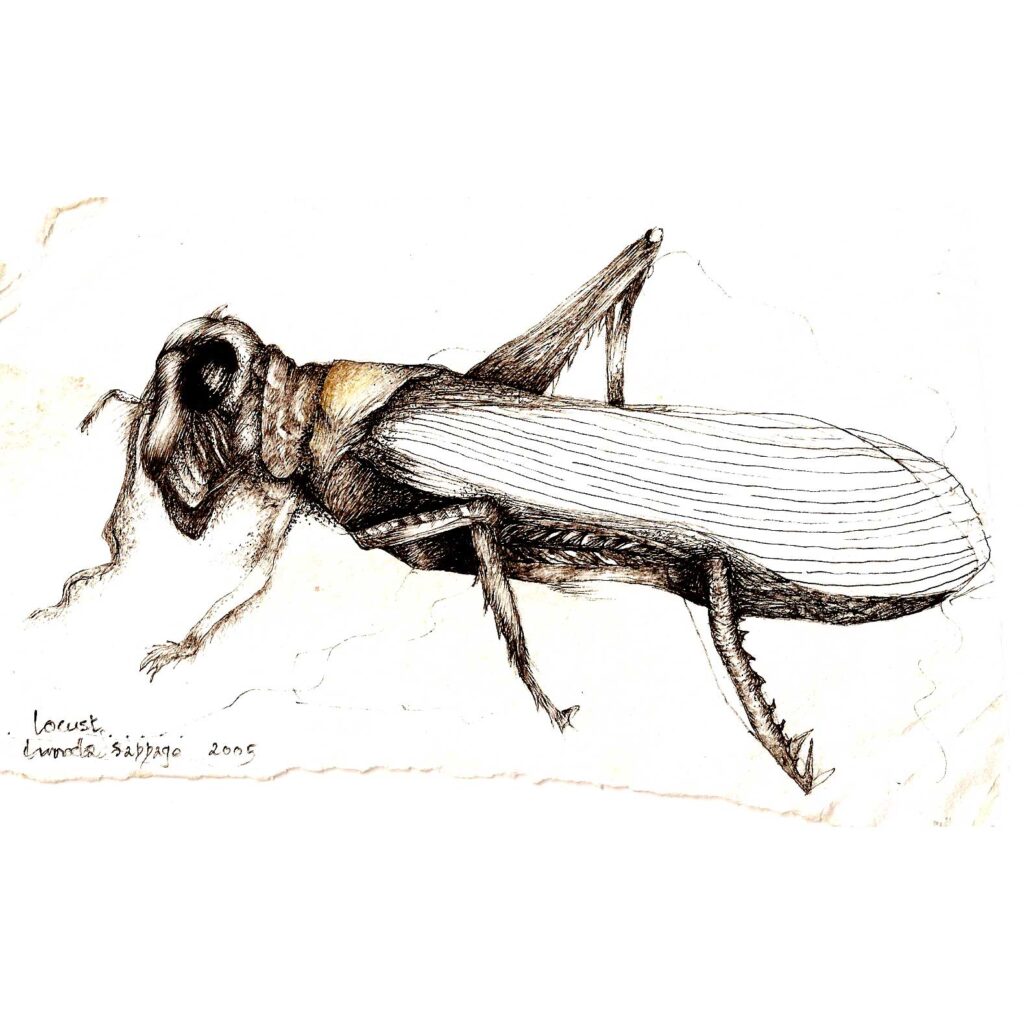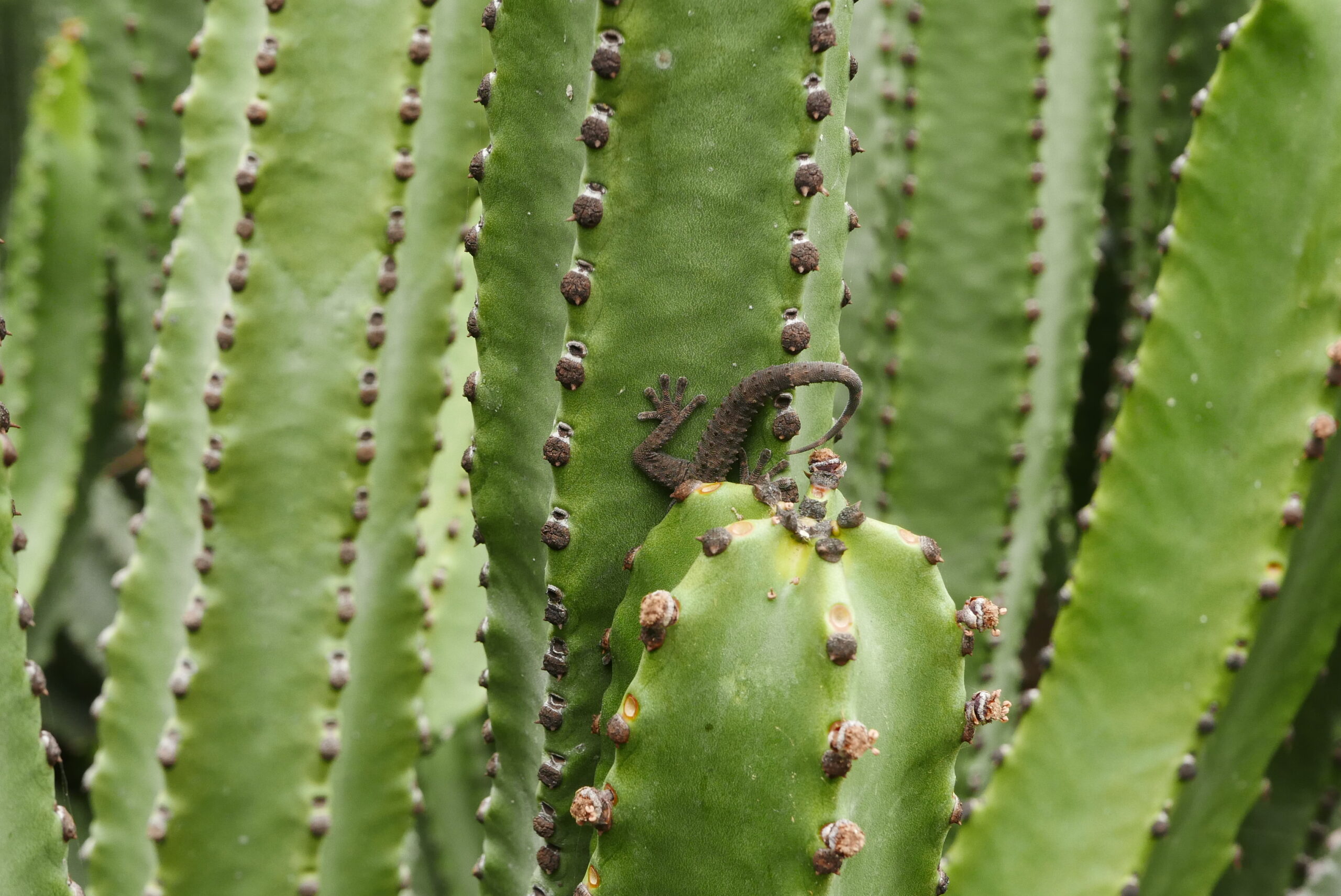Al igual que en las demás islas del archipiélago canario, la fauna autóctona parece escasa en Lanzarote, sobre todo en contraste con la rica biodiversidad de la flora, característica única de esta isla. Sin embargo, si se observa con atención, este jardín rebosa de actividad: aves, ranas, reptiles, invertebrados e incluso erizos.
Ranas
Las ranas arbóreas canarias son, durante la mitad del año, el elemento más audible del jardín por la noche. Su fiesta anual parece alargarse un poco más cada temporada, pero para agosto la mayoría de los adultos han dejado a sus crías en el estanque y trepado a las copas de las palmeras, desde donde intercambian graznidos ocasionales.
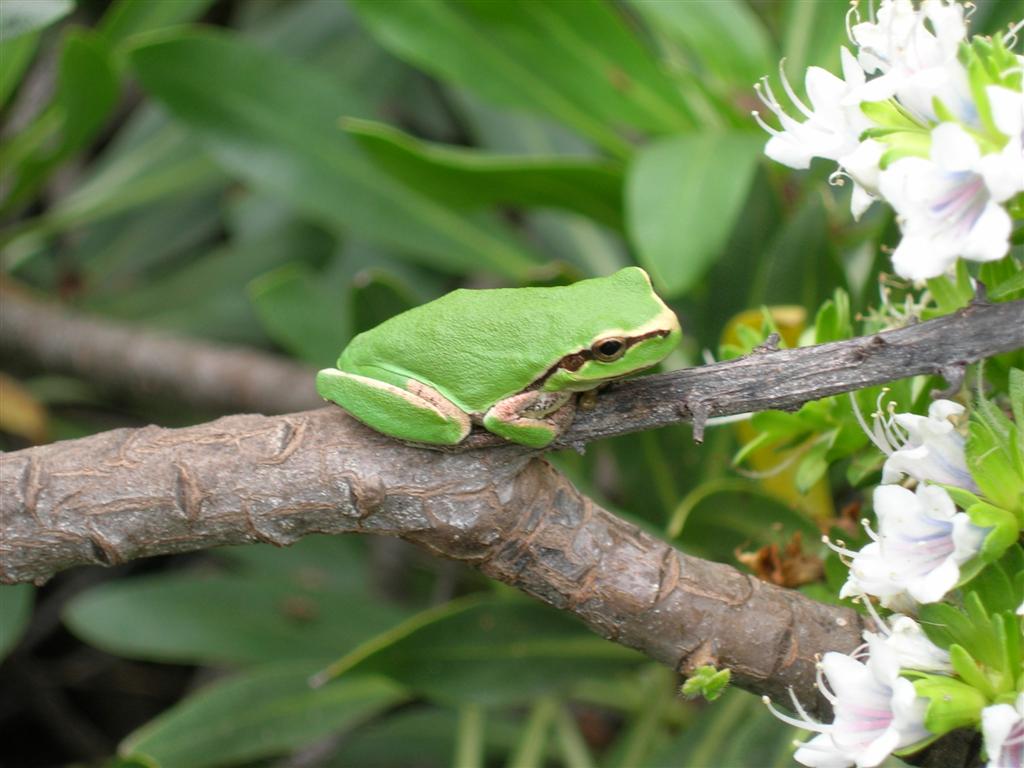
Aves
Nuestros árboles y agua atraen a muchas aves migratorias. Las golondrinas siempre visitan la zona durante un par de semanas en su viaje de ida y vuelta a África, y una garza logró engullir un gran número de ranas en poco tiempo; al menos, permanecieron tranquilas durante un tiempo después de la visita. La subespecie lanzaroteña de herrerillo común reside aquí, habiendo anidado en este jardín cada año durante una década. Residentes más recientes son algunos alcaudones que se están volviendo bastante mansos (parecen adorables y mimosos hasta que se observa la daga en la punta del pico). Estos carecen de las grandes garras de otras aves rapaces, por lo que usan espinas o alambre de púas para sujetar a sus presas de lagarto mientras comen, a veces clavando el excedente en una estaca adecuada para su posterior consumo. Desde 2011, el búho chico se reproduce con éxito en la zona y se puede ver abajo, en un caluroso día de 2017, descansando en una zona de suculentas del jardín.

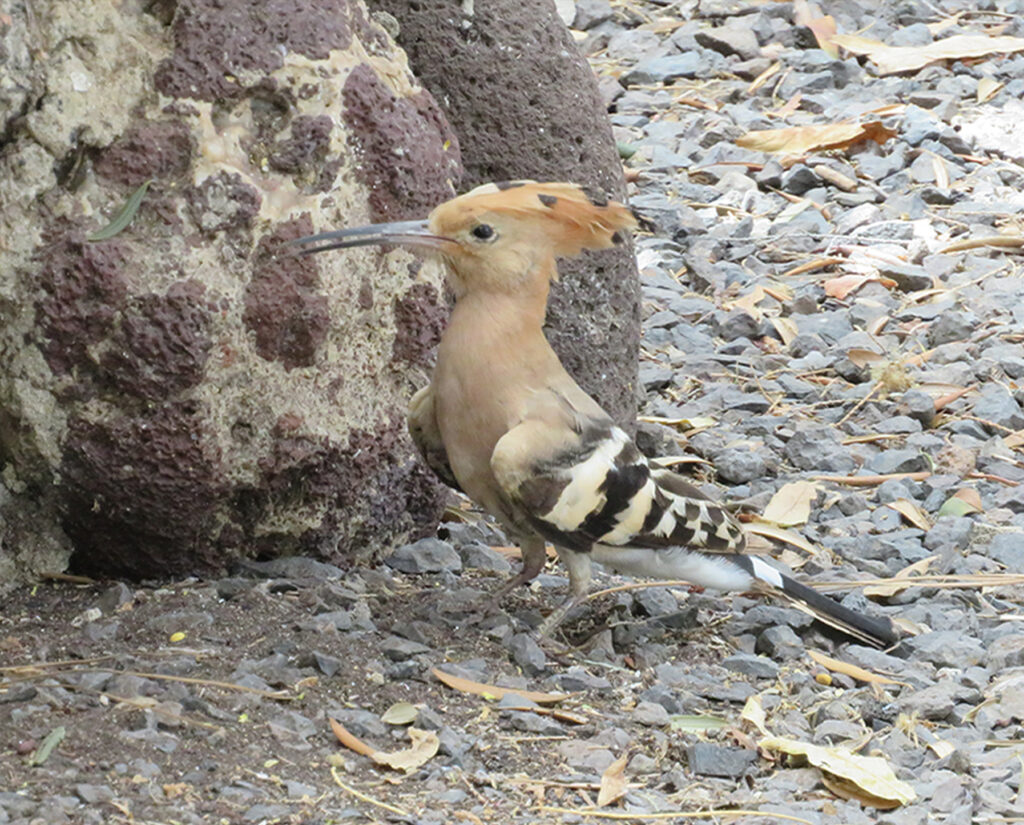

Mamíferos
En Lanzarote sólo existe una especie autóctona de mamífero, la musaraña canaria, sin embargo, recibimos frecuentes visitas de erizos norteafricanos (foto inferior) que fueron introducidos por el ser humano en las Islas Canarias en el siglo XIX.
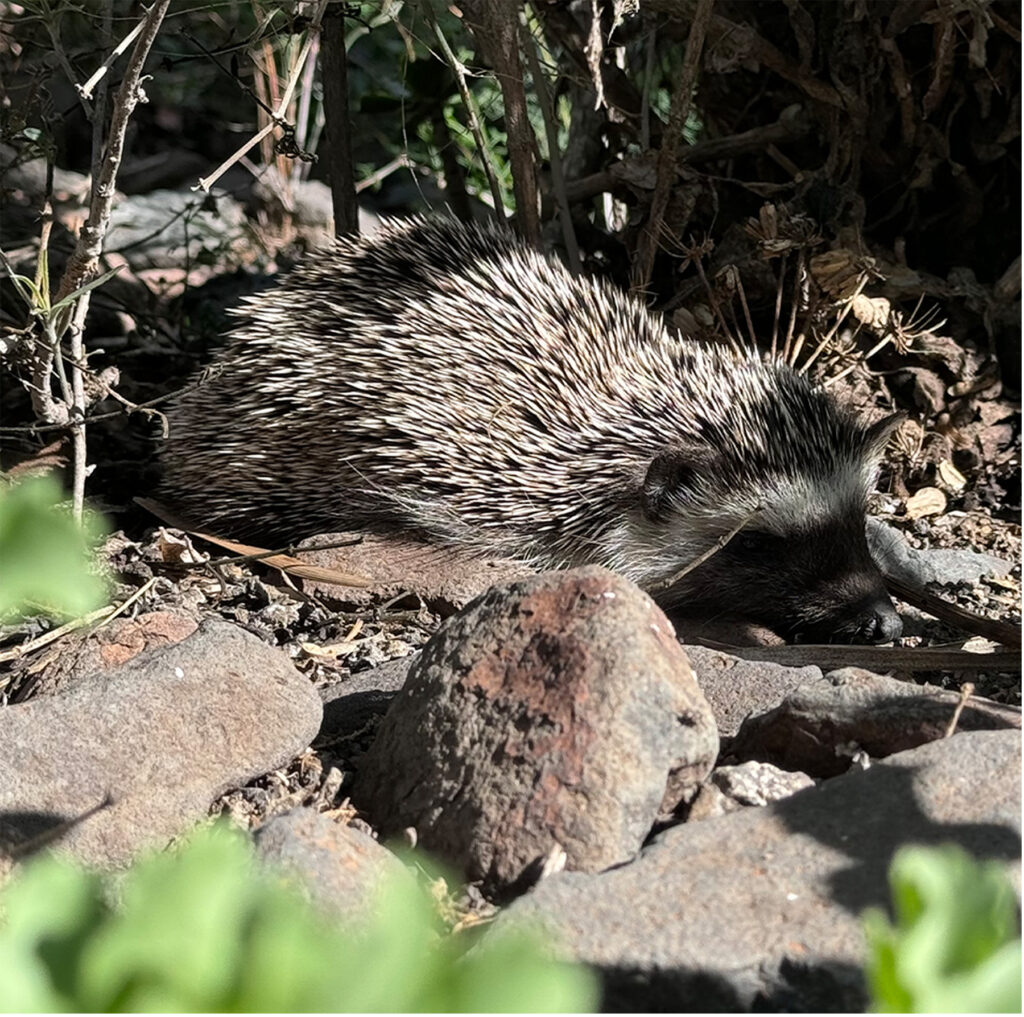
Reptiles
Dos especies de lagarto y un geco son residentes permanentes. Los dos primeros son difíciles de pasar por alto en el jardín, y el lagarto de Haría, de mayor tamaño, presenta atractivas manchas turquesas en su costado. Foto abajo de Guillermo Rodriguez
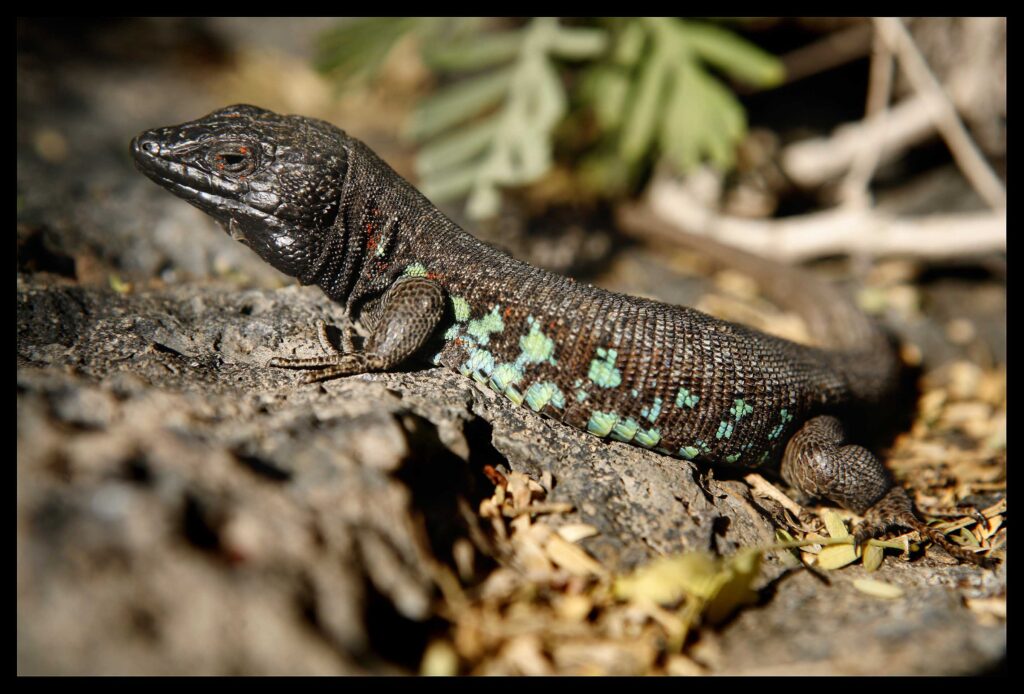
Nuestra política de disuadir a los gatos en el jardín significa que un visitante puede acercarse mucho a estos lagartos y, con un poco de paciencia, pueden domesticarse lo suficiente como para ser alimentados con la mano.
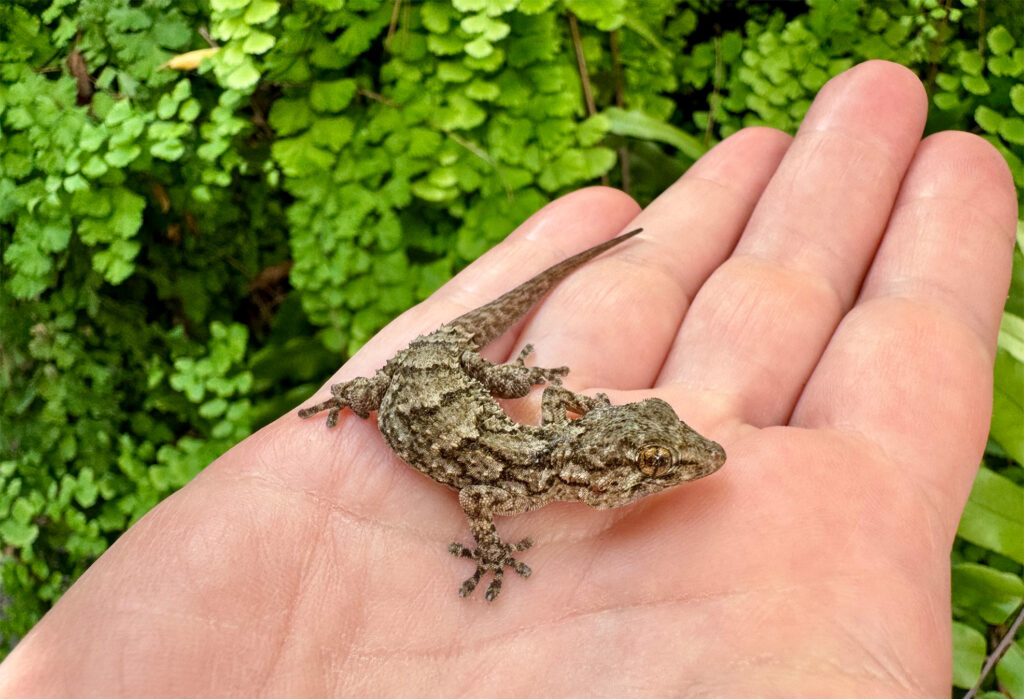
Invertebradas
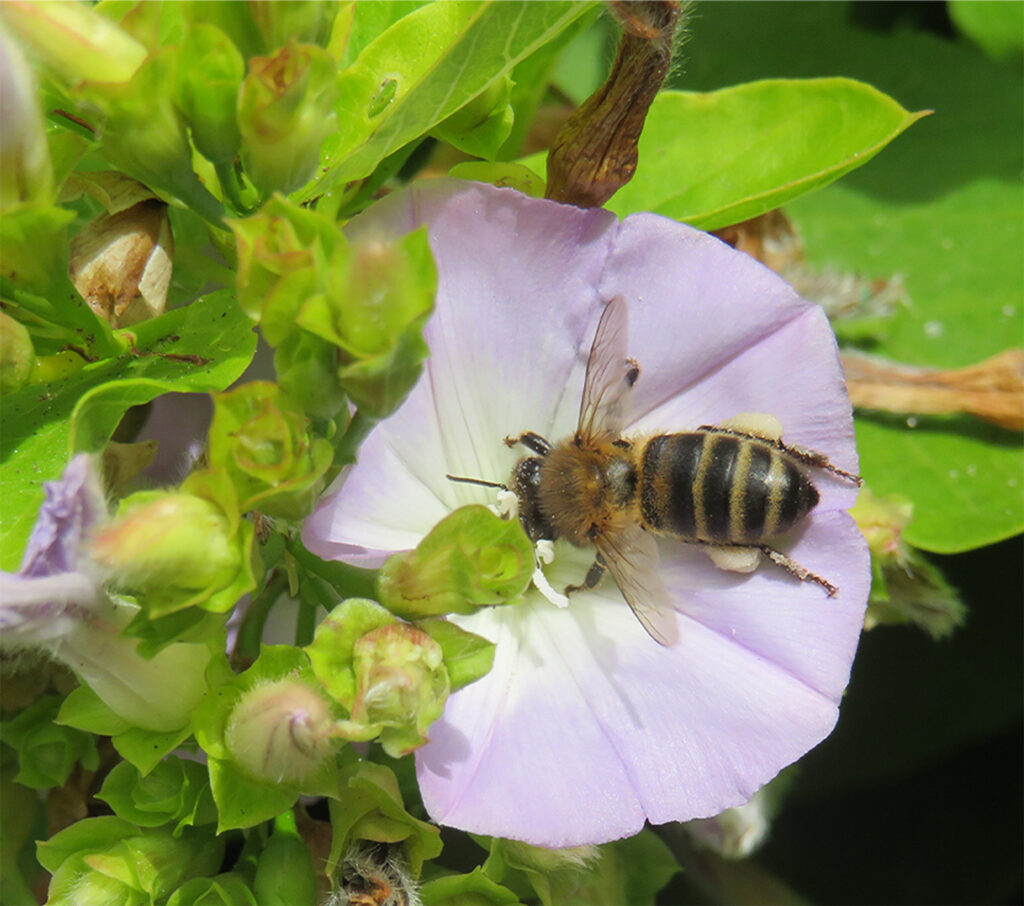
Se han avistado numerosas especies de abejas, arañas, polillas y mariposas autóctonas en el jardín, siendo la monarca la más grande y llamativa. El estanque atrae libélulas y las ranas mantienen a raya a los mosquitos. El escarabajo tenebroso (Pimelia lutaria), endémico de Lanzarote y Fuerteventura, se puede ver desplegando su actividad por todo el jardín. También hemos avistado al menos dos tipos de mantis: la mantis cabeza cónica sublime (Hypsicorypha gracilis Burmeister, 1838) y la mantis enana canaria (Pseudoyersinia canariensis), clasificada como especie en peligro de extinción.
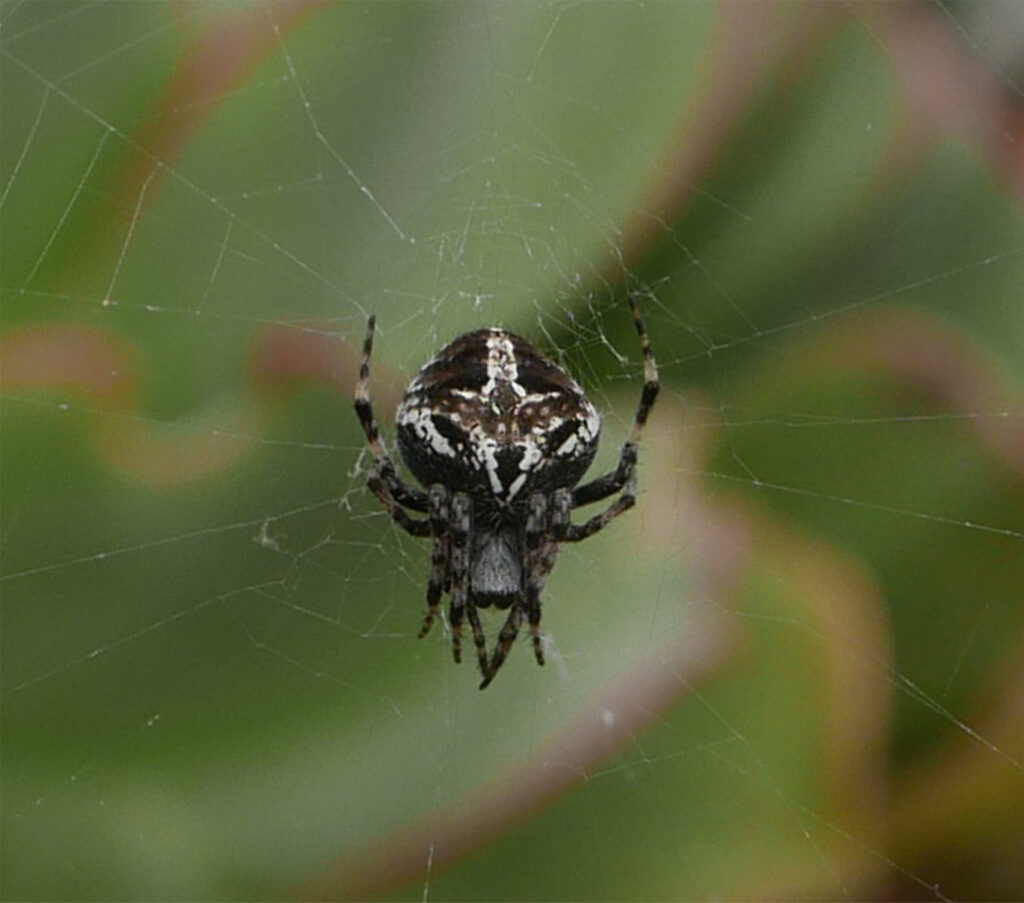

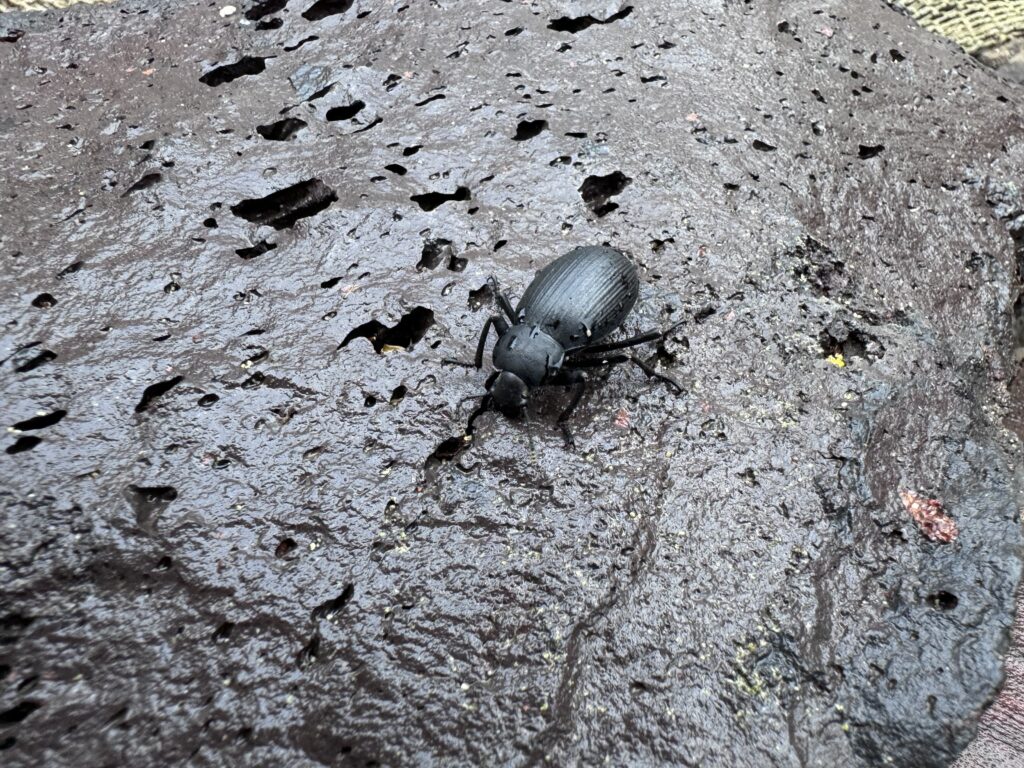
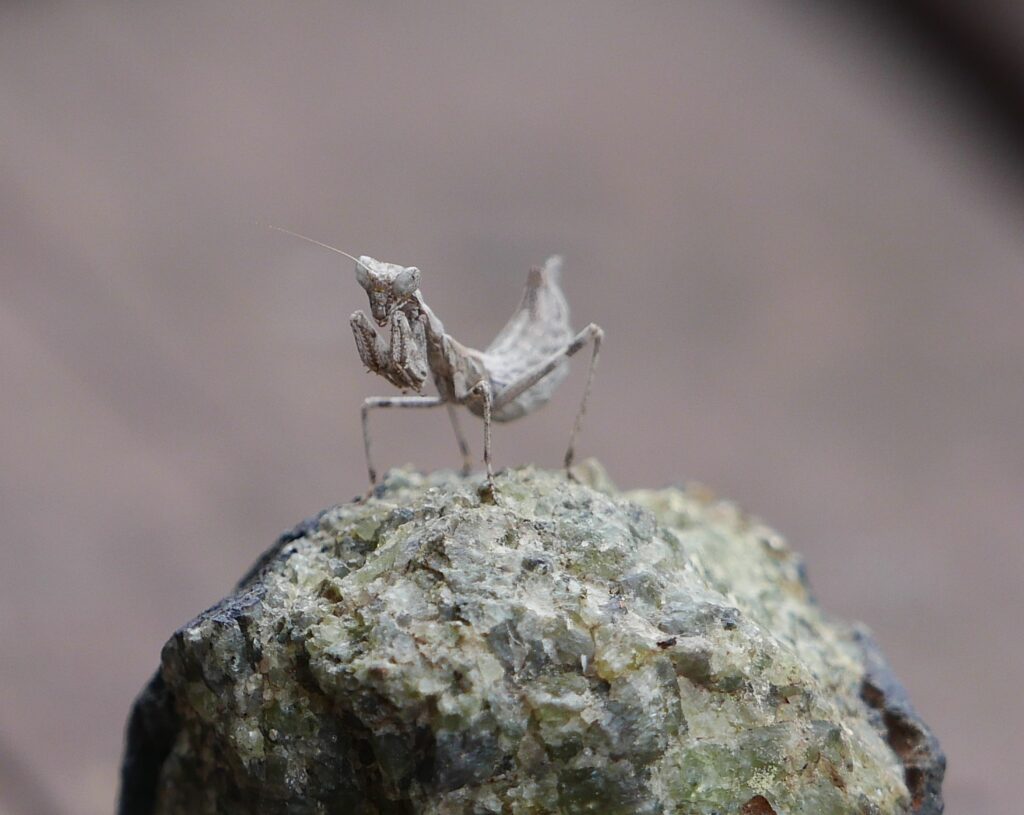
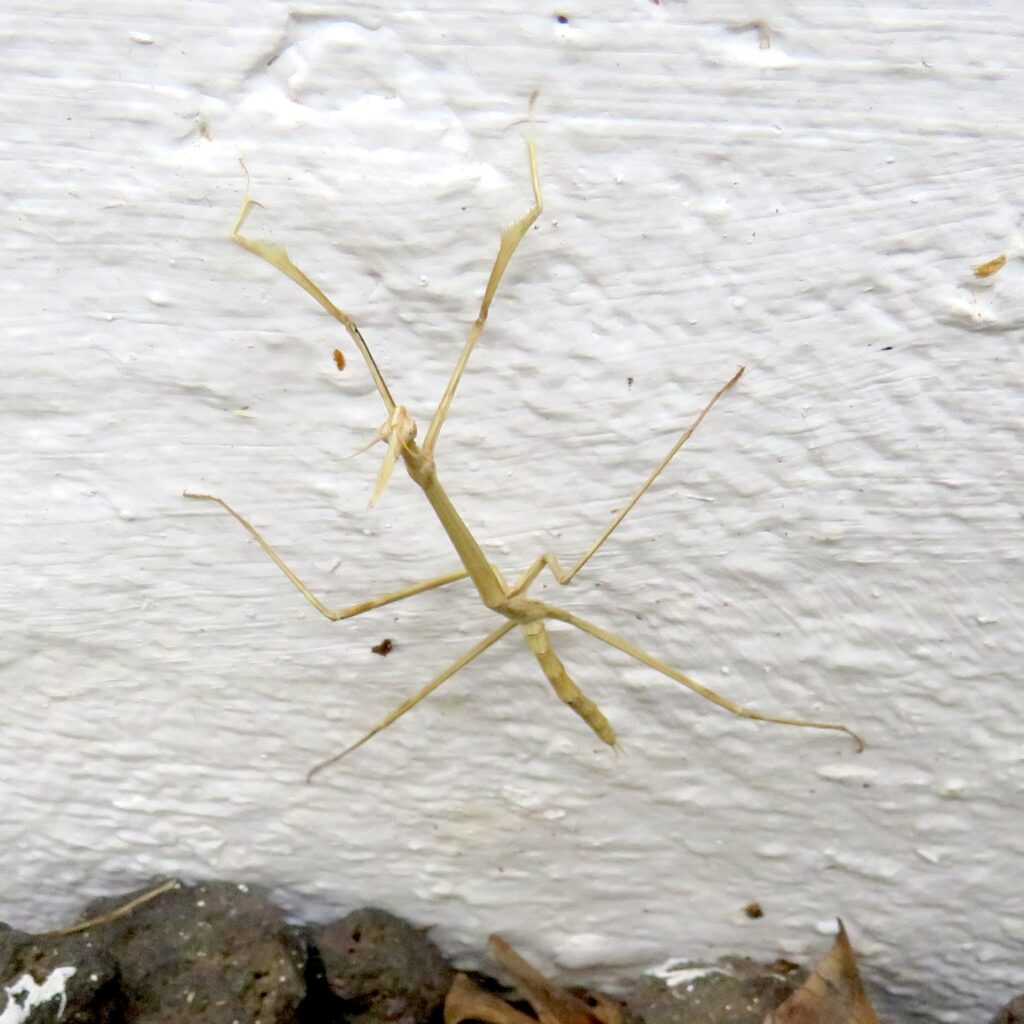
Fauna visitante
De vez en cuando, el viento arrastra a visitantes de África a Lanzarote; a veces, las langostas han descendido. En 2004, una gran nube de langostas llegó a la isla. Por suerte, estaban demasiado agotadas como para causar daños importantes. La mayoría intentó buscar el calor de las carreteras asfaltadas, con resultados previsiblemente fatales. Recogí algunos ejemplares para mis clases de ciencias y nuestra colega Linda Sabbage, del departamento de arte, tomó prestado uno, lo que dio como resultado este precioso dibujo que aparece a continuación.
